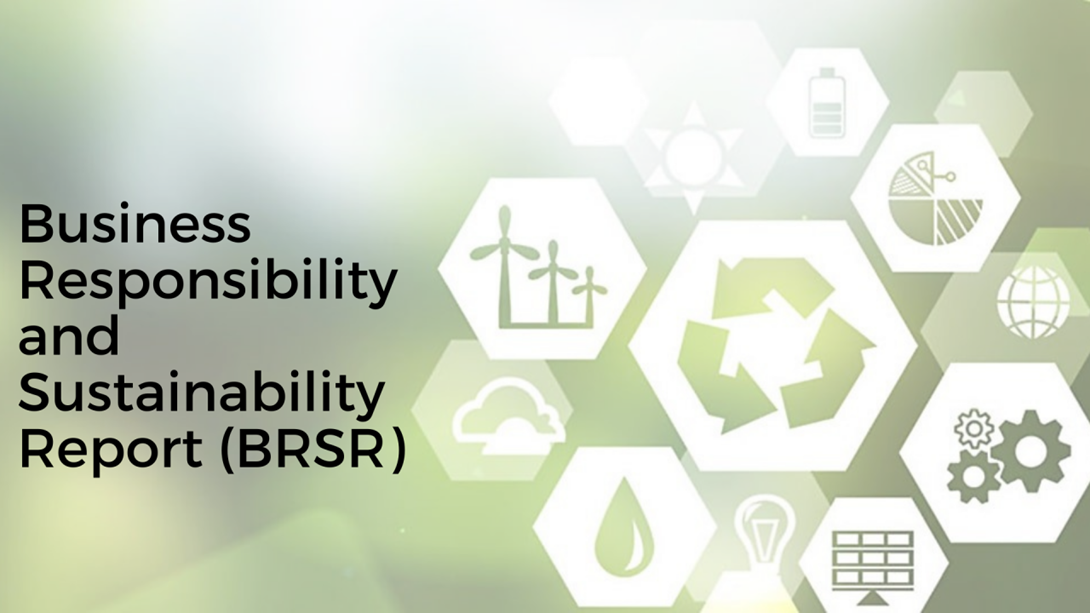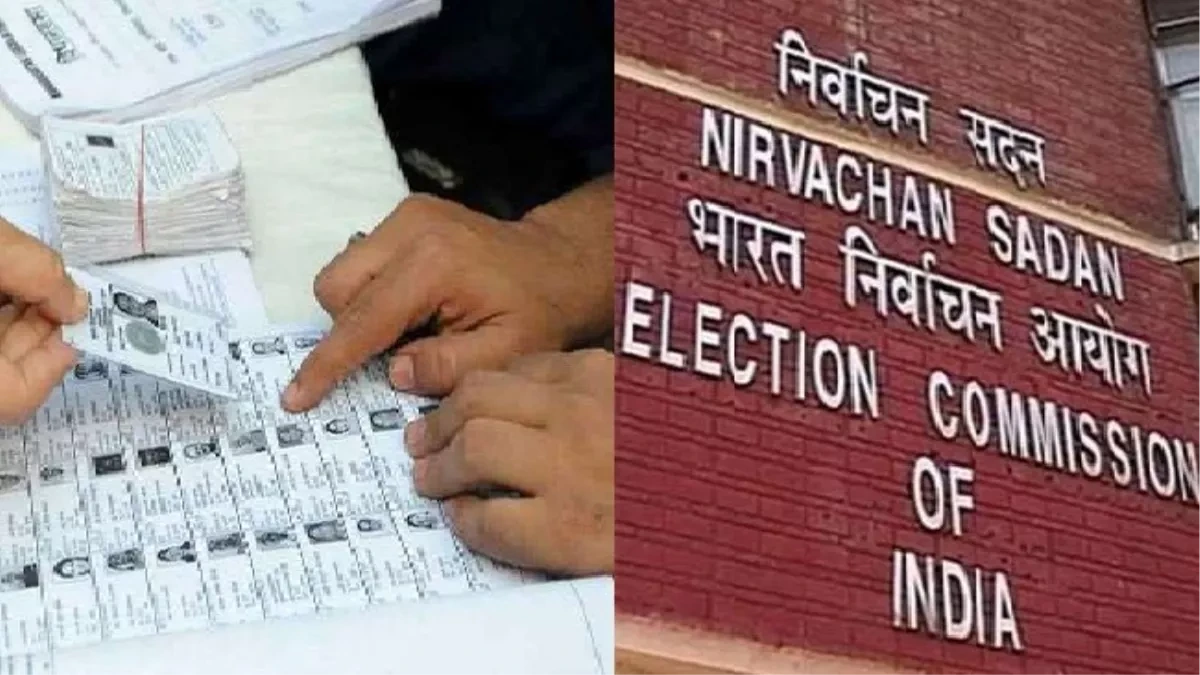- Courses
- GS Full Course 1 Year
- GS Full Course 2 Year
- GS Full Course 3 Year
- GS Full Course Till Selection
- Answer Alpha: Mains 2025 Mentorship
- MEP (Mains Enrichment Programme) Data, Facts
- Essay Target – 150+ Marks
- Online Program
- GS Recorded Course
- Polity
- Geography
- Economy
- Ancient, Medieval and Art & Culture AMAC
- Modern India, Post Independence & World History
- Environment
- Governance
- Science & Technology
- International Relations and Internal Security
- Disaster Management
- Ethics
- NCERT Current Affairs
- Indian Society and Social Issue
- NCERT- Science and Technology
- NCERT - Geography
- NCERT - Ancient History
- NCERT- World History
- NCERT Modern History
- CSAT
- 5 LAYERED ARJUNA Mentorship
- Public Administration Optional
- ABOUT US
- OUR TOPPERS
- TEST SERIES
- FREE STUDY MATERIAL
- VIDEOS
- CONTACT US
Business Responsibility and Sustainability Report (BRSR)
Business Responsibility and Sustainability Report (BRSR)
24-07-2024

Business Responsibility and Sustainability Reporting (BRSR) has been in the news recently due to its increasing importance in the corporate world.
- The Securities and Exchange Board of India (SEBI) has made BRSR mandatory for the top 1000 listed companies by market capitalization, and the reporting requirements are becoming more stringent.
- The BRSR is a medium through which companies report their sustainability and ESG (Environment, Social and Governance) performance, and its implications are far-reaching.
Introduction:
- Business Responsibility and Sustainability Reporting (BRSR) is a medium through which listed companies report matters concerning Sustainability and ESG (Environment, Social and Governance) in the non-financial disclosure part of the annual reports.
- BRSR has evolved from the National Voluntary Guidelines for Responsible Business Conduct and is applicable to the top 1000 companies by market capitalization.
Key Features of BRSR:
- BRSR Core: Focuses on nine key performance indicators, subject to reasonable assurance report by verifying professionals.
- Assurance Requirement: Starts from the financial year 2023-24 for the top 150 companies, progressively extending to others.
- Value Chain Disclosures: Top 250 companies will have to report on value chain disclosures from FY 2024-25, with assurance reporting on a limited assurance basis from 2025-26.
Challenges:
- Interoperability: BRSR is not interoperable, requiring entities within a multinational ecosystem to tailor-make reports for each entity.
- IT Systems: Current IT systems are not geared to capture relevant information, and there is a general lack of awareness and unpreparedness.
- Shortage of Sustainability-Trained Personnel: A global phenomenon, leading to difficulties in preparing BRSR reports.
- Digital Personal Data Protection Act, 2023: Companies must take a comprehensive look at their IT systems to comply with the Act.
Standards and Frameworks:
- IFRS Sponsored ISSB's Standards: IFRS S1 and IFRS S2 have gained acceptance.
- IFAC's Standards for Assurance: Now the norm, although not officially prescribed.
- Greenhouse Gas Protocols: Measure GHG emissions, classified into Scope 1, Scope 2, and Scope 3.
Climate Change and Greenhouse Gases:
- Scope 1, 2, and 3 Emissions: Measure emissions from own processes, energy bought, and value chain emissions.
- Banks and Financial Institutions: Beginning to take interest in emissions of borrowers, with the RBI raising concerns about climate change risks.
International Organisation of Securities Commissions (IOSCO):
- Established in 1983: Brings together the world's securities regulators, recognized as the global standard setter for financial markets regulation.
- Objectives: Enhance investor protection, ensure markets are fair and efficient, and promote financial stability.
Securities and Exchange Board of India (SEBI):
- Statutory Regulatory Body: Established by the Government of India in 1992.
- Aims to Regulate Securities Market: Protects the interests of investors in securities.
Conclusion:
BRSR is a starting point, and businesses will face numerous challenges, including interoperability, IT system inadequacies, and a shortage of sustainability-trained personnel. Companies must take a comprehensive look at their IT systems, prepare BRSR reports on a continuous basis, and comply with emerging standards and frameworks. The implications of BRSR will be far-reaching, with a focus on sustainability, ESG, and climate change.



